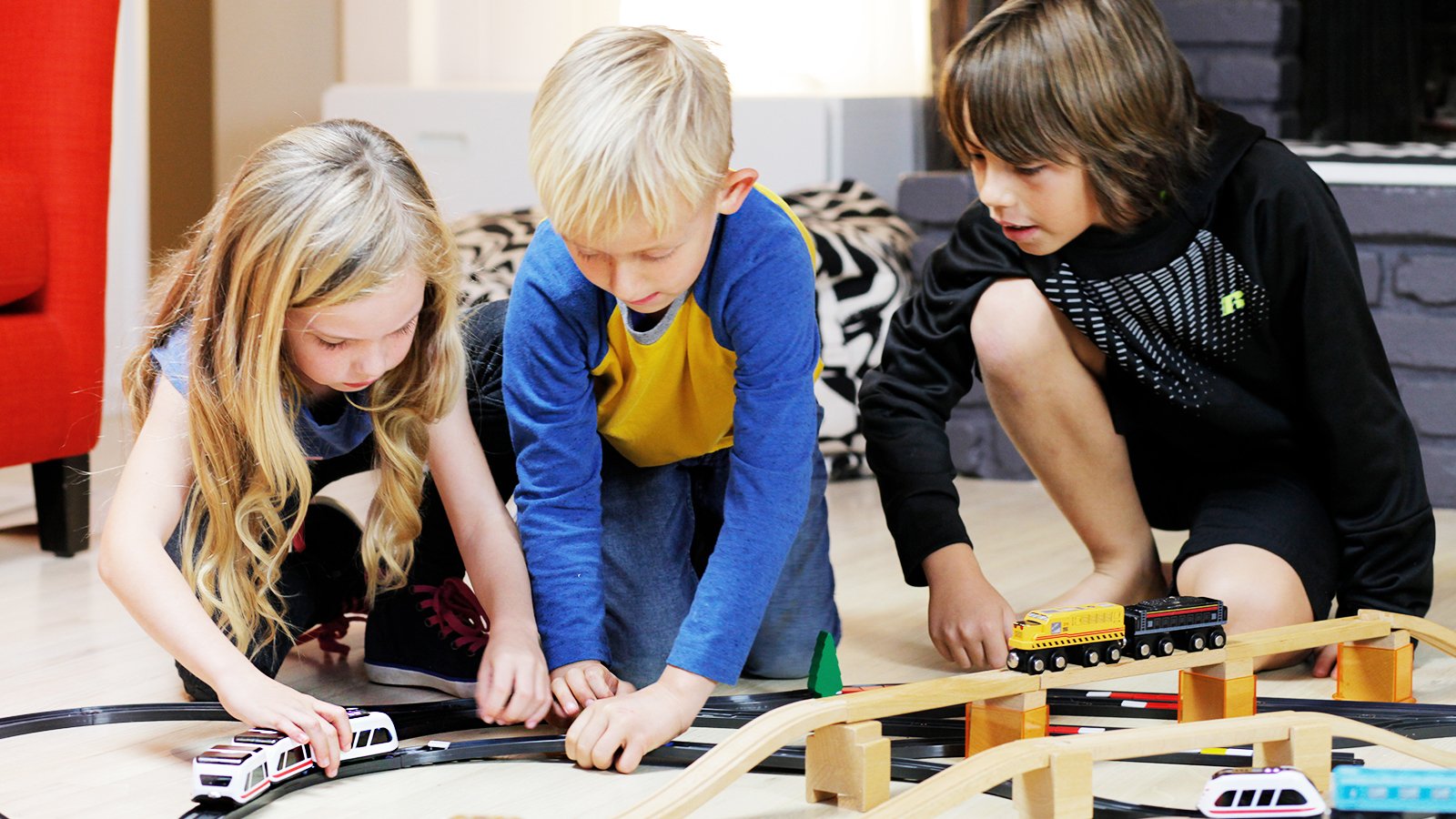‘Teaching for Mastery through Play-Based Learning’
With a focus on teaching for mastery, deep understanding of STEM concepts and techniques can be achieved through applying theory to a variety of contexts and scenarios. Technological tools, such as Oxford Educational’s robotics and AR range, provide opportunities for visualisation, problem-solving and mastery of STEM concepts.
Learning the spectrum of STEM subjects using coding, computing, and robotics, and embedding technology in learning, allows pupils to more effectively visualise how abstract mathematical concepts apply to real world scenarios; providing the perfect hands-on learning tools for teachers.
The fear around STEM subjects in educational settings is largely based around the intangible, abstract nature of many of the theories being taught. When learners control a robot using code, for example, it becomes an invaluable tool for showing them how engineering and programming work in real life. It lets them see both the good and bad outcomes of their instructions, which helps them see why giving clear directions and solving problems is so important. It allows them to see how the concept of mathematical functions translate into tangible, physical actions of a robot. Doing this hands-on activity helps children think logically and gain a deep understanding of the inner workings of STEM subjects.
Oxford Educational aims to make classroom technologies accessible to educational institutions, from nurseries and early years education to vocational and further education.
Learning-by-Doing in Mathematics
The future of mathematics education in the UK is evolving to emphasise practical, hands-on experiences, much like the approach you’re advocating for with technology and computing.
Integration of Technology: The use of technology in mathematics education is becoming increasingly important in making learning more engaging and interactive. This aligns with the ‘learning-by-doing’ approach, allowing students to explore mathematical concepts through simulations and real-world applications, the most pertinent of all being computing, electrical engineering and programming.
Teaching for Mastery: The teaching for mastery approach, which is being adopted in many schools, focuses on deep understanding and fluency in mathematical concepts. This method encourages students to apply their knowledge in various contexts, fostering problem-solving skills and creativity.
Curriculum Development: There is a push towards integrating mathematics with other subjects, such as data science and computing. This interdisciplinary approach helps students see the relevance of mathematics in everyday life and various career paths.
By linking these developments in mathematics education with a focus on hands-on, creative learning with technology, schools can provide a holistic education that prepares students for the future. This approach not only enhances their mathematical skills but also their ability to innovate and solve complex problems

-
Explore the world of computational thinking with humanoid robots! Computational thinking, a crucial skill for navigating modern society, transcends the boundaries of computer science. It's a dynamic approach to problem-solving, encouraging creativity and clever thinking while harnessing the power of computers. By melding logic, mathematics, and engineering, it transforms ideas into efficient machine realities. In essence, computational thinking is a universal skill, accessible to all, regardless of your background or profession. Join the journey towards a more digitally literate world.
-
Humanoid robots excel at mimicking human social cues and body language, enhancing student engagement. Their physical interactions pique students' curiosity, motivating active learning and sustaining attention. When it comes to learning new words, children overwhelmingly favour robots over tablets, perceiving them as human-like. Humanoid robots inject fun and dynamism into learning technical subjects that might otherwise seem dry. Explore how these robots revolutionise education by making it more interactive and enjoyable for students.
-
Autistic children find a unique connection with robots due to their interactive and programmable nature. Robotics' technical side also sparks more interest and engagement in autistic learners compared to adult educators alone. Yet, not all robots connect equally. Human-like appearances and matching intonation in a robot's 'voice' trigger greater interest and happiness in children with autism.
-
Students view robots as non-judgmental, fostering a safe space for making mistakes, which is crucial for engagement, particularly among struggling learners. This non-threatening environment promotes confidence building. Additionally, robots' predictable behaviour makes them appear comprehensible and approachable to students, creating a supportive atmosphere that enhances the learning experience.
-
Children tend to form deep connections with humanoid robots, considering them as social companions. This bond is strengthened when the robot exhibits human-like movements. This connection leads to a sense of ownership, enhancing concentration in educational settings. Research demonstrates that when children and teenagers teach a robot, they invest more in the task. Interacting with ‘teachable agents’, such as robots, motivates students, fostering a sense of responsibility and driving deeper understanding.
-
Humanoid robots excel in teaching a wide array of subjects, ranging from reading, writing, languages, to science, technology, engineering, and mathematics. Beyond academics, they've proven effective in imparting metacognitive skills like self-confidence, motivation, and task-commitment to students of all backgrounds, including those with special educational needs. These skills are vital for efficient and effective learning, particularly for students requiring additional support.
Testimonials and Case Studies
“The reaction from the pupils was wonderful. Our class included children with different types of special needs, so they responded to Cubetto in different ways.”
“Marty has proven very beneficial when working with children with additional support needs. Marty has provided an opportunity to develop communication skills with these children as they are keen to share and communicate their thoughts and feelings with Marty”
“All children found the hands on learning more accessible and quickly picked up on coding techniques when compared to computer based scratch programming where they cant hold the equipment. Girls especially found this more appealing and were just as good as the boys”






